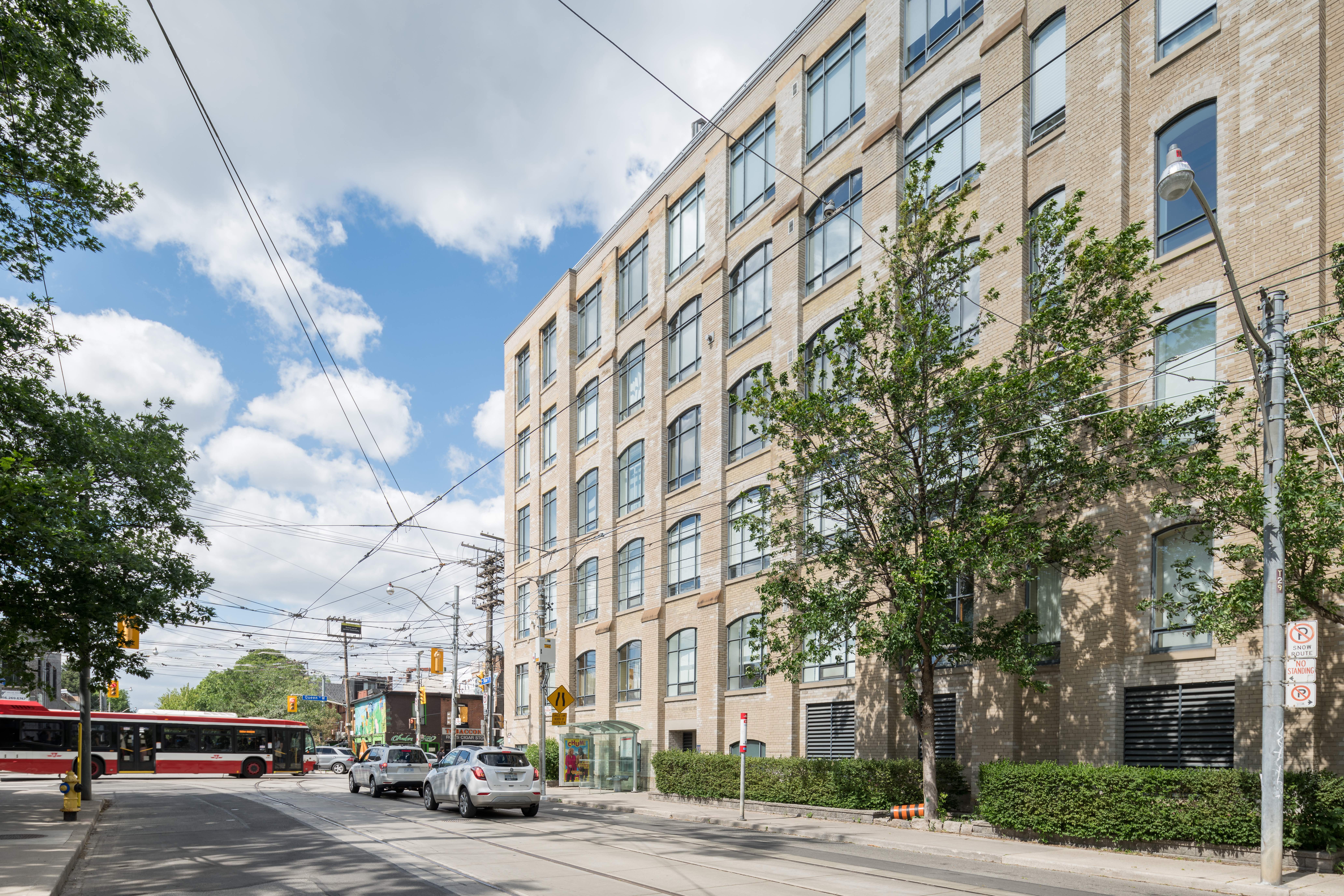The Evolution of Lofts in Toronto
From Paris to New York and finally Toronto, discover how these unique, historical spaces became one of the world's most desired properties
 Written By Telm Perez
Written By Telm Perez Lofts have become among the most desired real estate among Toronto homebuyers. Although not everyone enjoys the look of exposed brick, concrete pillars and wooden beams — there is still considerable demand for this type of property; enough so that lofts tend to be notably more expensive than their traditional condo apartment counterparts.
So what makes lofts so unique? For starters, it’s their distinctive style. Hard lofts, often known as conversion lofts, are among the most desirable because of their rare aesthetic. These units have been transformed from historical buildings that traditionally served as industrial spaces. Examples of hard lofts are the Toy Factory Lofts, Tip Top Lofts and Foundry Lofts.
In Toronto, the first neighbourhood to see industrial buildings converted into residences was in Bloor West in the 1980s. But lofts originated much earlier than that in other major cities. Let’s explore the evolution of lofts, beginning in Europe.
From Paris…
Considering the fashionability of lofts, it’s no surprise that the concept actually originated in Paris. Artists, particularly painters, required the space to make massive works of art. Thus they discovered they could take advantage of the high ceilings found in industrial buildings.
To New York…
While Parisian artists needed those high ceilings for utilitarian purposes, free-spirited types in New York City continued on with the trend. Lofts became very popular in the 1940s and 50s, particularly in SoHo. This neighbourhood lent itself well to conversion lofts, given it was once a manufacturing area.
But don’t be fooled. Although today’s lofts may seem quite glamorous, they weren’t at all back then. Until the 1970s, loft residences were actually illegal. So these spaces lacked basic necessities, like heat and hot water. Although artist-tenants like Willem de Kooning and Jackson Pollock got away with barely paying any rent, they were actually considered squatters living in unsafe areas.
Later in the 1970s, there was a massive shift in the way people thought about lofts. Their popularity forced the New York City government to change its laws. Spaces that were once zoned for commercial use were eventually rezoned to residential.
Once lofts became legal, trendy Manhattanites became obsessed with them. But not for the usual reasons you might assume.
The ‘white cube’ art gallery was inspired by the loft concept. In 1946, Betty Parsons opened a gallery. But her’s was the first to move away from dark walls, heavily carpeted floors, and paintings in ornate frames. Instead, she embraced the undecorated, bare loft aesthetic that matched the industrial environments in which the art had been created. As rich art buyers stepped into her gallery, they started to desire that same aesthetic for their own private homes.

And finally to Toronto.
It took a bit of time for lofts to become popular in Toronto. And as noted earlier, the first residential lofts weren’t created until the 1980s in the Bloor West neighbourhood. The Bartlett Lofts were among Toronto’s first hard lofts, converted from a former factory that was once home to a twine mill, auto garage and a manufacturer of fishing tackles.
Over the next two decades, developers went on to convert many old industrial spaces in the city. But even after converting most of the available structures, the demand for lofts still outpaced the supply — something I’ve personally witnessed, as my clients looking for hard lofts often wait three to six months for the right one to come along.
Developers, however, took notice of the supply demand gap, and found a clever middle-ground. They went on to develop purpose-built low to mid-rise condos with a similar aesthetic to the hard loft. These are now referred to as ‘soft lofts’ (or if you’re a critic, an ‘imitation loft’).
Soft lofts are a good compromise for those who like the loft style, but are on a tighter budget, don’t have the time to wait for the right one to come along, or who want something a little more ‘modern’ and a bit less ‘industrial’.
I hope this article has been informative! If you’d like to learn more about lofts, reach out anytime for a no-obligation discussion about your property search.
You can call me at N/A or send an email to telm@strata.ca. I’m always happy to help!
Starting your search for a new home? Click on any of these links to access active listings, sold listings or contact a Strata agent.
For any questions about this article or media inquires, please email media@strata.ca